Gender-based violence (GBV) is one of the most prevalent human rights violations in the world. According to UNHCR Gender-Based violence refers to harmful acts directed at an individual based on their gender. It is rooted in gender inequality, the abuse of power and harmful norms.
GBV can include sexual, physical, mental and economic harm inflicted in public or private. It also includes threats of violence, coercion and manipulation which can take many forms, such as intimate partner violence, sexual violence, child marriage, female genital mutilation and so-called ‘honour crimes’.
According to the National Family Health Survey (NFHS-4), 30 percent of women in India aged 15 to 49 have experienced physical violence since the age of 15. According to this report, 6% of women in the same age group have experienced sexual violence at least once in their lifetime. Approximately 31% of married women have experienced physical, sexual, or emotional abuse from their spouses. While these numbers can be intriguing, it is important to keep in mind that they just represent the cases that made it into the news headlines; there is likely a much larger number of instances of gender-based violence that have gone unreported. About 99 percent of sexual assaults, according to a research, are never reported.
According to WHO, an estimated one in three women globally have been subjected to either physical or sexual intimate partner violence or non partner sexual violence in their lifetime. While the numbers reveal high rates of violence, alarmingly, the true scale may be much higher.
Gender Based Violence in India
Unfortunately, reports on violence against women and other gender minorities in India are on a rise, and this pattern is reinforced by the continuous existence of patriarchal and societal norms. Violence against women and other gender minorities is a sign of the structural and institutional inequality that most of them have to deal with on an every day basis.
Also read: 16 Days Of Activism Against GBV: Navigating Abortion Stigma As Menstruators
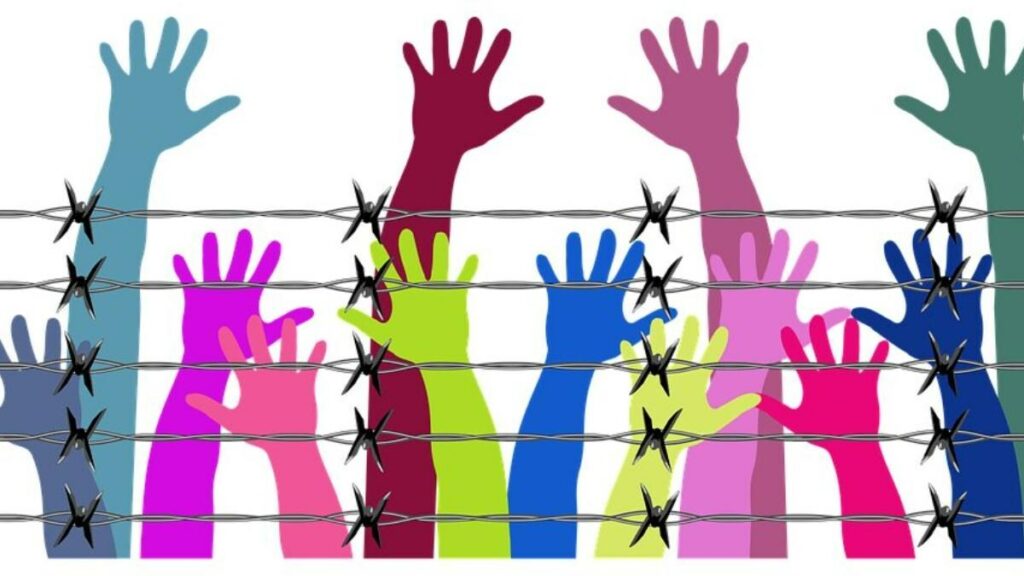
Violence against women can happen anywhere- at home in the form of domestic violence, Honour killings, attacks and deaths in the name of dowry; at road and even at work-place. Moreover it can take various forms of psychological, physical, or sexual abuse, and in all of its expression, it can have serious implications on a woman’s sexual and reproductive health.
‘In spite of constitutional protection and various legislations, gender discrimination and injustices still occur. This is largely due to the fact that advocates for gender justice in positions of authority do not necessarily coincide with those who actually implement and interpret the legislation.’
Bhartiya Stree Shakti Report
In India, the cultural stigma associated with homosexuality and gender minority remains a significant barrier in the implementation and execution of human rights. This stigma develops systemic oppression and submission, preventing victims from reporting abuse and encouraging them to remain in their own submissive positions.
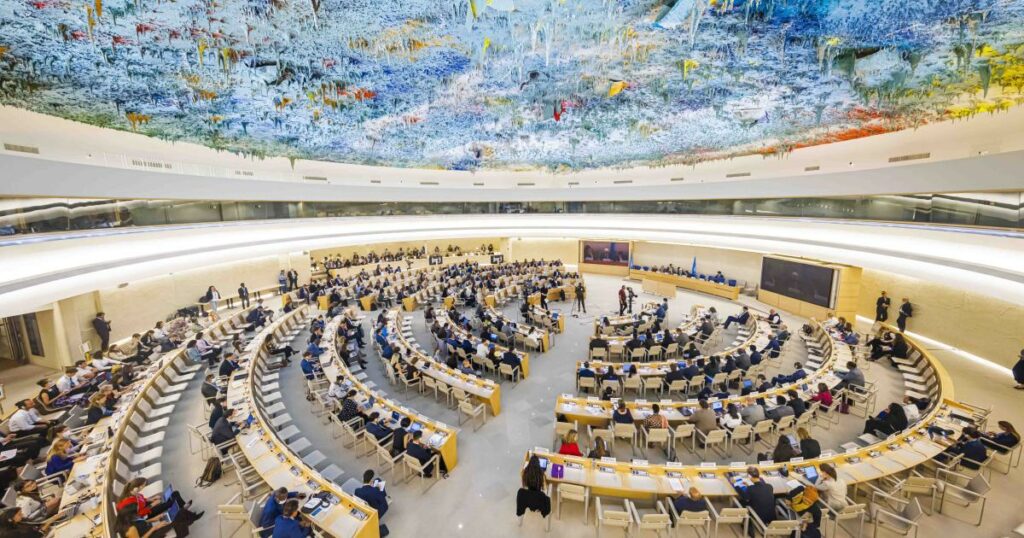
According to the National Family Health Survey (NFHS-4), 30 percent of women in India aged 15 to 49 have experienced physical violence since the age of 15. According to this report, 6% of women in the same age group have experienced sexual violence at least once in their lifetime. Approximately 31% of married women have experienced physical, sexual, or emotional abuse from their spouses.
While these numbers can be intriguing, it is important to keep in mind that they just represent the cases that made it into the news headlines; there is likely a much larger number of instances of gender-based violence that have gone unreported. About 99 percent of sexual assaults, according to a research, are never reported.
Legislations to prevent Gender Based Violence in India
India has adopted many international human rights measures including the Convention on the Elimination of All Forms Forms of Discrimination against Women, and the International Convention on the Elimination of All Forms of Racial Discrimination. Laws and regulations have also been enacted at the national level to address and prevent gender based violence. Different aspects of GBV are addressed by a wide variety of laws and policies from the traditional Dowry Prohibition Act (1961), to Decriminalization of Gay Sex-Section 377 (2018).
Also read: No Country For Women? Calling For A World Free From Violence Against Women And Girls
‘The Transgender Persons (Protection of Rights) Act, which was passed in December 2019, fails to provide full protection and recognition including the right to self-identify, which India’s Supreme Court recognized in a historic judgment in 2014. Its provisions are also contrary to international standards for legal gender recognition.’
The Fourth UPR Report
Under-reporting of GBV has been a fundamental barrier in eradicating this social evil and attaining equality, despite the fact that there are laws in place to help women and gender minorities who need help. Additionally, the cultural and social norms of the country overpower the legislative and policy framework designed to reduce the disproportionately high levels of violence there.

‘In spite of constitutional protection and various legislations, gender discrimination and injustices still occur,’ states the Bhartiya Stree Shakti report. ‘This is largely due to the fact that advocates for gender justice in positions of authority do not necessarily coincide with those who actually implement and interpret the legislation,’ says the report.
India’s Universal Periodic Review and Gender Based Violence
The Universal Periodic Review (UPR) is a unique process which involves a periodic review of the human rights records of all 193 UN Member States. Since its first meeting held in April 2008, all 193 UN member States have been reviewed thrice within the first, second and third UPR cycles. India’s human rights record was reviewed for the fourth time on 10th November, 2022.
Also read: Why ‘Not All Men’ Is An Emotionally Draining, Unempathetic Response To Gender-Based Violence
On 18 November 2022, six international human rights groups said: “The Indian government should promptly adopt and act on the recommendations that United Nations member states made at the UN Human Rights Council’s Universal Periodic Review process on November 10, 2022.” The recommendations cover a range of critical concerns including gender-based violence.
In the third UPR, India cited laws and policies brought since 2013 to strengthen the safety and security of women. However, survivors of sexual violence continue to face barriers to justice. According to the fourth UPR the Indian government has failed to properly implement the 2013 Sexual Harassment of Women at Workplace Law.
The report further mentioned, ‘In June 2019, India voted in favour of the International Labour Organization (ILO) Violence and Harassment Convention. However, the authorities have failed to properly implement the 2013 Sexual Harassment of Women at Workplace Law, leaving many women, especially those in the informal sector, at risk of violence and without recourse.’
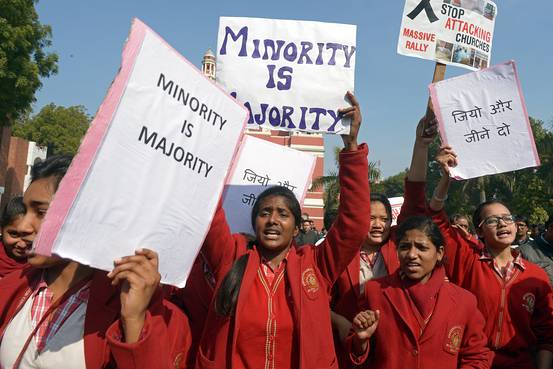
While mentioning about gender minorities, the fourth UPR report mentions- ‘The Transgender Persons (Protection of Rights) Act, which was passed in December 2019, fails to provide full protection and recognition including the right to self-identify, which India’s Supreme Court recognized in a historic judgment in 2014. Its provisions are also contrary to international standards for legal gender recognition.’
‘Repeal directives that ban the hijab and ensure that schools and universities are inclusive spaces and safeguard girls’ and women’s right to freedom of religion and expression.‘
One of the recommendations given by the Fourth UPR to the Indian Government
UPR recommendations are increasingly integrated and aligned with the UN efforts in achieving the Agenda 2030 for sustainable development which in this case is SDG goal-5. While UPR recommendations are not legally binding, they can be highly influential because they are made by states and keep a public record of human rights issues.
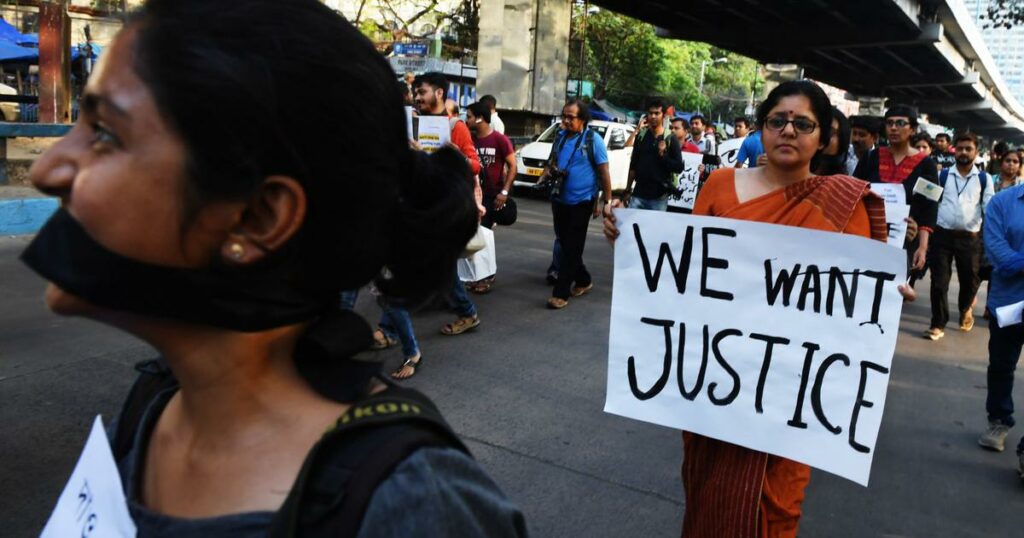
Here are the recommendations given by the fourth UPR to Indian government for Women, Lesbian, Gay, Bisexual, and Transgender persons:
- Develop, adopt, and implement binding regulations providing standard operating procedures for all police, forensics experts, and the judiciary in dealing with violence against women.
- Enforce the Sexual Harassment of Women at Workplace (Prevention, Prohibition and Redressal) Act, 2013, by creating effective oversight, carrying out inspections and investigations, sanctioning employers who fail to comply, and ensuring remedies for survivors.
Also read: Industry Initiatives To Tackle Shop-Floor Sexual Violence In India
- Ratify and implement ILO Convention on Domestic Workers, 2011, No. 189 and the ILO Convention on Violence and Harassment, 2019, No. 190, paying special attention to sectors with heightened risk of violence and harassment.
- Repeal directives that ban the hijab and ensure that schools and universities are inclusive spaces and safeguard girls’ and women’s right to freedom of religion and expression.
- Amend the Transgender Persons (Protection of Rights) Act to conform with international standards.
- Ensure LGBT persons enjoy all fundamental rights, without discrimination.
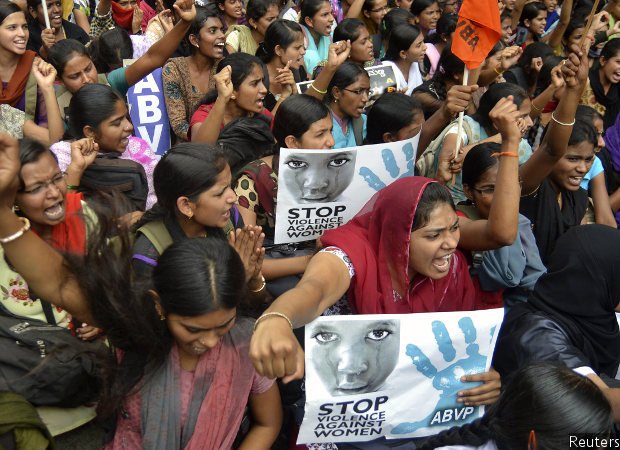
The struggle for women’s rights goes back a long way in time. It is impossible to achieve gender equality within the current framework of patriarchy, which perpetuates in India as it continues to do everywhere else. Although we have made progress in countering GBV through the adoption of laws, awareness campaigns, and the promotion of equal participation of women in society, there is still a bigger road to travel to achieve a world free from violence.
India must keep trying everything it can to reduce and tackle GBV from the society as a whole. This includes implementing the fourth UPR recommendation, improving the way laws and police work, and getting more women into policy-making, politics and workplace.
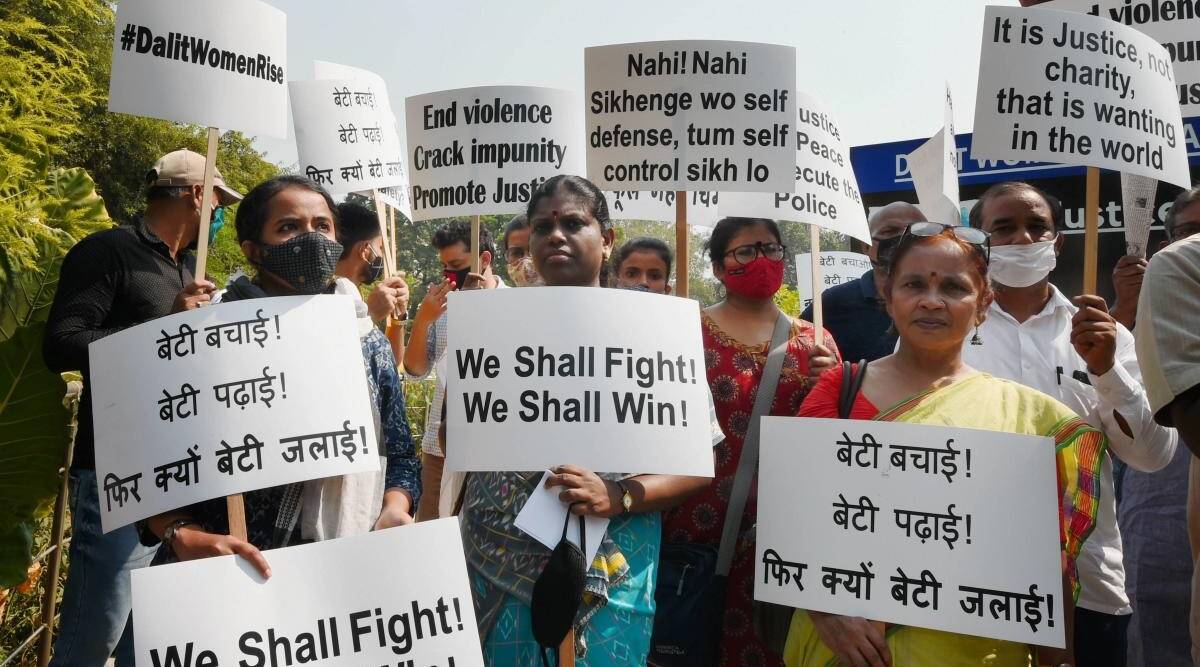




Very good article, but please update with NFHS 5 data!!